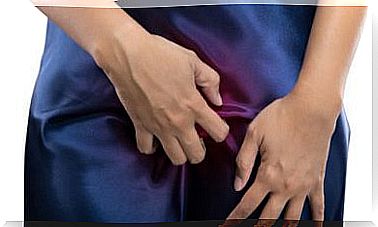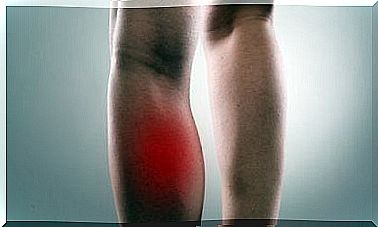Treatment Of Guillain-Barré Syndrome

Guillain-Barré syndrome is a polyneuropathy that causes muscle weakness and tingling in the limbs. The syndrome-induced decrease in myelin sheaths (also known as demyelination) is an autoimmune problem. Symptoms begin as weakness in the legs, which then progresses to the upper body.
The exact cause of the syndrome is not known, but it is believed to be the result of a viral or bacterial infection that the person has previously had.
Guillain-Barré syndrome can break out in people of all ages, but it is more common in men and young adults.
More information on Guillain-Barré syndrome

The cause of the syndrome is an attack by the body’s immune system against the body’s own nerves. It is important that the patient goes to the doctor immediately, as the symptoms can worsen very quickly and in the worst case even lead to paralysis. Symptoms include e.g. the following:
- Weakness in the legs, which then spreads to the upper body
- Tingling or numbness in the wrists, ankles, fingers or toes
- Difficulty walking
- Difficulty moving eyes or facial muscles
- Severe and persistent pain
- Breathing difficulties
- High or low blood pressure
- Accelerated heart rate
- Bladder disorders
Symptoms are usually at their worst two or four weeks after the onset of symptoms.
About eight weeks after the onset of the syndrome, the symptoms begin to disappear. Approximately 30% of patients get symptoms again a few years later. It is important to note that treatment can help patients to token much faster.
Diagnosis of Guillain-Barré syndrome

The symptoms and signs of the syndrome can vary. For this reason, in some rare cases, Guillain-Barré syndrome can be difficult to diagnose in its first stage.
Diagnosis of the disease begins with an examination by a doctor, an interview with the patient, and a history of the disease .
The doctor will then direct you to more detailed tests or examinations. In this case, a neurological test is very useful; it can detect a possible lack of reflexes.
Treatment of Guillain-Barré syndrome

The first procedure after diagnosis is to take the patient to the hospital, as the rapid progression of symptoms can affect the muscles of the respiratory system and thus cause death.
Treatment of Guillain-Barré syndrome is based on supporting and monitoring the patient’s vital signs :
- Respiratory
- Cardiac function (for arrhythmias or other complications)
- Blood pressure (for high or low blood pressure)
Treatment of Guillain-Barré syndrome also includes plasma exchange therapy and immunoglobulin therapy (intravenous administration of antibodies).
In addition, patients need physiotherapy to maintain and strengthen muscle strength, and may be given medications to relieve pain and prevent blood clots.









